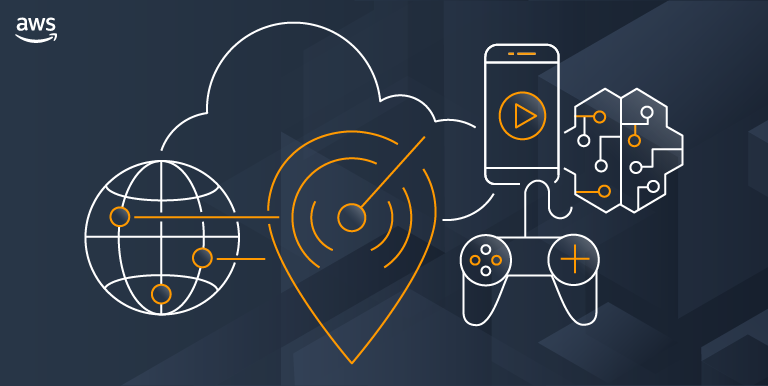Amazon Web Services Inc. today announced the completion of the first 16 of its new AWS Local Zones in the U.S., along with plans to establish yet more in 32 metropolitan areas across 26 countries around the world.
It’s a big deal because the AWS Local Zones promise ultralow latency as well as the ability for foreign customers located outside of the U.S. to adhere to local data residency regulations, AWS said.
The AWS Local Zones can be thought of as edge locations. They’re used to host various compute, storage, database and other services at the outermost edge of the cloud, very close to large population, industry and information technology centers, AWS explained.
The advantage of putting these resources so close to customers is it makes it possible to deploy applications that need single-digit millisecond latency in the cloud. Previously, that may not have been possible with some AWS Regions, which are in many cases located much farther geographically from customers.
Although the cloud giant says the AWS Regions are close enough in proximity for the vast majority of applications, there are certain breeds of app that require ultralow latency. They include remote real-time gaming, media and entertainment content creation, machine learning inference, live video streaming, engineering simulations and augmented and virtual reality apps. These kinds of workloads can all benefit from being physically much closer to end users, where latency is reduced.
AWS said U.S. customers in Atlanta, Boston, Chicago, Dallas, Denver, Houston, Kansas City, Las Vegas, Los Angeles, Miami, Minneapolis, New York City, Philadelphia, Phoenix, Portland and Seattle have enjoyed access to AWS Local Zones for some time already.
Today, it said it will launch many more across the world later this year, in Amsterdam, Athens, Auckland, Bangkok, Bengaluru, Berlin, Bogotá, Brisbane, Brussels, Buenos Aires, Chennai, Copenhagen, Delhi, Hanoi, Helsinki, Johannesburg, Kolkata, Lima, Lisbon, Manila, Munich, Nairobi, Oslo, Perth, Prague, Querétaro, Rio de Janeiro, Santiago, Toronto, Vancouver, Vienna and Warsaw.
For many foreign customers, the AWS Local Zones will enable them to meet local data residency requirements while also benefiting from reduced latency. As another benefit, customers will also be able to connect on-premises data centers to AWS Local Zones to ensure ultralow latency for hybrid app deployments, AWS said. Connectivity options include the public internet or AWS Direct Connect, which is a private connection directly to AWS Local Zones.
AWS Vice President of Infrastructure Services Prasad Kalyanaraman said that with AWS Local Zones, the edge of the cloud is expanding and it now sits “virtually everywhere.”
“Thousands of AWS customers using U.S.-based AWS Local Zones are able to optimize low-latency applications designed specifically for their industries and the use cases of their customers,” Kalyanaraman said. “With the success of our first 16 Local Zones, we are expanding to more locations for our customers around the world who have asked for these same capabilities to push the edge of cloud services to new places.”
Image: AWS
Show your support for our mission by joining our Cube Club and Cube Event Community of experts. Join the community that includes Amazon Web Services and Amazon.com CEO Andy Jassy, Dell Technologies founder and CEO Michael Dell, Intel CEO Pat Gelsinger and many more luminaries and experts.
Source link




